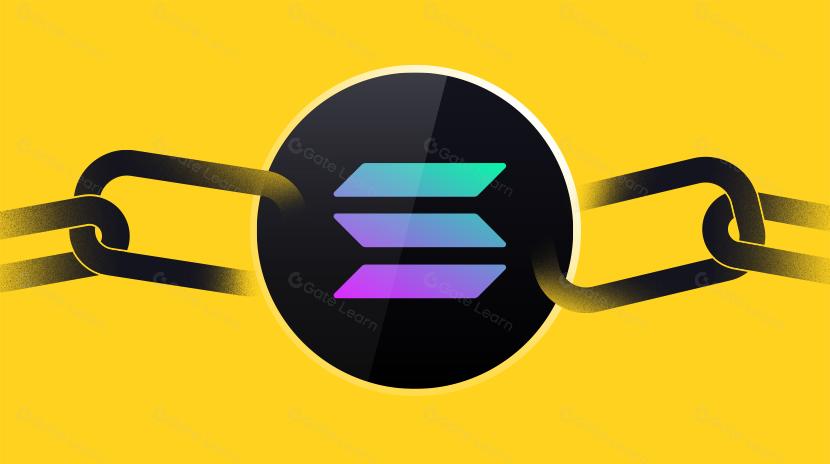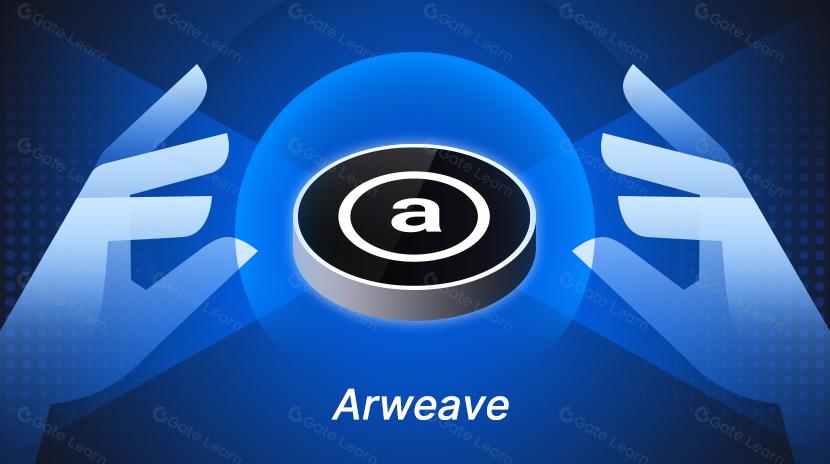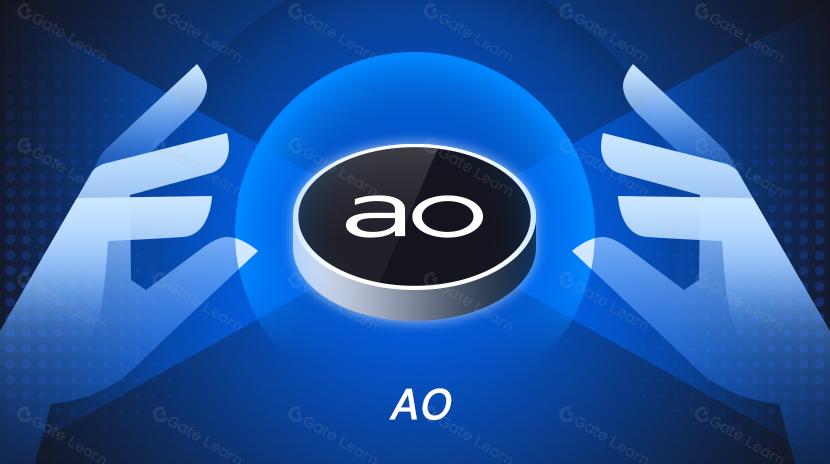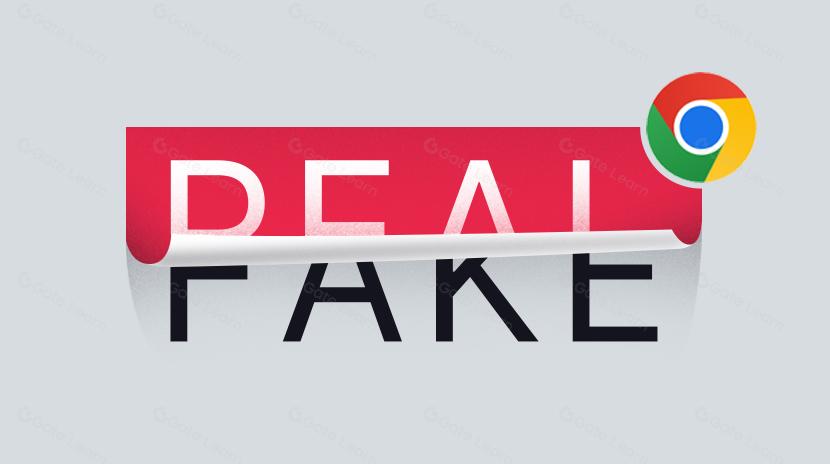解讀 AI Agent 框架及主流項目對比
AI Agent 框架是一套用於構建、管理和部署 AI Agent 的工具、接口和規範。Eliza、Swarms、Rig 和 ZerePy 作為當前市場上的主流框架,各自在開發者友好度、技術特性、應用場景等方面展現了獨特的優勢。隨著加密貨幣行業的劇烈震盪,AI Agent 賽道也迎來了首次大規模洗牌。絕大多數項目的代幣價格較峰值已下跌超過 90%。據 Coingecko 平臺數據,截至 2 月 28 日,AI Agent 板塊市值已回落至約 56 億美元。儘管短期的暴跌引發了市場恐慌,但趨勢一旦形成,便不會因為短暫的波動而停滯。
在眾多項目中,Eliza、Swarms、Rig、ZerePy 等框架類項目似乎比應用類項目更受市場青睞。本文將深入探討 AI Agent 框架的定義和優勢,並對市場上主流的幾大框架項目進行對比分析,為用戶提供參考。
什麼是 AI Agent 框架?
AI Agent 框架是一套用於構建、管理和部署 AI Agent 的工具、接口和規範。如果將 AI Agent 的核心邏輯視為應用層,那麼 AI Agent 框架則是為用戶提供標準化開發模塊的基礎設施,幫助他們快速創建、部署和管理 AI 代理,從而實現 AI Agent 的大規模應用。
與單一開發工具相比,AI Agent 框架通常提供一整套解決方案,通過模塊化組件和標準化流程顯著降低開發複雜度,同時具備高度的可擴展性和兼容性,以滿足開發者的個性化需求。
AI Agent 框架優勢
相較於具體的落地應用,AI Agent 框架在早期發展階段更容易受到市場歡迎。這主要是因為它們提供了一個平衡點,允許開發者以較少的精力和成本實現概念驗證,同時為後續擴展奠定基礎。具體優勢包括:
1)降低開發複雜度
框架採用模塊化架構,提供完備的文檔和現成的 SDK,顯著減少了開發複雜系統的難度。開發者可以專注於核心業務邏輯而非底層技術,從而快速構建應用。
2)推動標準化與協作
框架在通信、交互和數據等方面保持結構一致性,有利於團隊協作,降低溝通成本和開發誤差。
3)快速實現生態建設
開源框架能夠吸引開發者貢獻代碼和改進,保持技術迭代和社區活躍度。此外,通過第三方集成,也更容易促進應用的落地和推廣。
4)吸引資本關注
相較於具體應用,資本和市場認為框架的通用性和擴展性更具長期價值。框架的標準化特性也使其更易於估值,而應用場景的碎片化增加了投資的不確定性。
主流框架對比
目前,市場上湧現出一大批 AI Agent 框架,熱門項目如 Eliza、Swarms、Rig、ZerePy 等,它們在架構特性、語言、第三方集成等方面各具優勢。以下是幾大主流框架的簡要對比:

Eliza($ELIZA)
Eliza 是一個多代理模擬框架,由 ai16z 團隊基於 TypeScript 開發,專注於創建、部署和管理自主 AI 代理。

(來源:elizaos.ai)
作為一個模塊化、輕量級的 AI 代理框架,Eliza 的優勢主要體現在通用性極強,它在保證功能性的同時力求系統的簡單性,因此尤其適合於 Web3 初學者。具體來說,
- 多平臺集成:Eliza 代理可跨平臺交互,如:X、Telegram、Discord 等,並且保持個性的一致性。
- 廣泛模型支持:Eliza 支持 Deepseek、Ollama、Grok、OpenAI、Anthropic、Gemini、LLama 等多種模型,充分保持靈活性。
- 可擴展的插件系統:開發人員可通過獨立的插件模塊輕鬆添加和刪除自定義代理功能,比如:圖像生成插件、TEE(可信執行環境)插件、節點插件等。
- 豐富的代理角色支持:Eliza 主要用於構建社交媒體角色、知識工作者、互動角色等。
- 活躍的開發者社區:據 Github 數據顯示,截至 2 月 28日,Eliza 擁有 14.8k 星標和 4.7k 個分支,貢獻者為 550 人。據團隊透露,至少有 1,000 個團隊或者項目正在使用 Eliza 框架。
Eliza 極為重視實用性和易用性,它對開發者較為友好。但與此同時,Eliza 也存在一些挑戰,比如目前缺乏明確的工作流系統、需要進一步完善運行時設計、創始人爭議等。尤其需要注意的是,團隊需要深入思考 $ELIZA 的賦能問題,以進一步提升其價值。
Swarms($SWARMS)
Swarms 由 Kye Gomez 主導開發,於 2022 年啟動。作為首個生產級多代理協調框架,Swarms 主要面向企業級客戶,其核心特性在於:
- 靈活的通信協議:為了確保不同代理之間的高效協作,Swarms 提供了多種通信協議類型,如:分層、並行、網格、聯合等,以滿足開發者在不同場景下的特定需求。
- 豐富的集群架構:Swarms 提供了大量預構建的集群類型,覆蓋醫療、物聯網、金融等多個垂直領域,開發者可以根據具體應用場景快速選擇合適的架構。同時,Swarms 還支持高度自定義的集群配置,允許開發者根據需求調整架構細節。
- 生態配套資源:Swarms 目前已推出綜合性市場、Swarms API、雲解決方案等生態產品,後續還將上線錢包 API、交易所等產品。同時,Swarms 也集成了眾多第三方 API、數據庫和平臺。

(來源:swarms.world)
$SWARMS 代幣經濟模型較為清晰,擁有實用、治理等多重作用。為提升其價值,團隊在生態參與方激勵、代理擴展等方面需要作出更多努力。另外,Swarms 的開發難度較高,這對新手開發者可能構成一定挑戰。為了降低學習曲線,團隊需要加強開發者支持,提供更詳細的文檔、教程和案例研究,並舉辦黑客馬拉松和培訓活動,幫助開發者快速上手。
Rig($ARC)
Rig 是一個由 Playgrounds 開發的通用 LLM 框架,採用 Rust 編寫。它通過提供高級抽象和統一的接口,顯著降低了開發者構建 AI 產品的門檻。

(來源:arc.fun)
Rig的核心特色包括:
- 統一的 LLM 接口:Rig 為不同的 LLM 提供商(如 OpenAI、Cohere)提供了一致的 API 界面,提高了代碼的可維護性和一致性,使開發者能夠輕鬆切換或組合不同的 LLM 服務。
- 高級抽象:利用預先構建的模塊化組件,Rig 可以將複雜的 AI 工作流程,如創建檢索增強生成 (RAG) 系統簡化成幾行代碼,極大減輕了開發人員的工作量,提升了開發效率。
- 安全與高性能:基於 Rust 的強類型系統,Rig 提供了一個更安全、更高效的開發環境,它利用 Rust 的異步功能和 Tokio 運行時能夠支持多個任務或 LLM 請求並行運行,並確保內存安全。
- 多數據庫無縫集成:Rig 內置了多種數據庫(如 Neo4j、MongoDB、Rig-LanceDB)支持,使 AI 應用程序能夠高效地進行相似性搜索和實時檢索。這種集成能力特別適用於需要處理大規模數據的應用場景。
不過,Rig 也面臨著一系列挑戰。比如,儘管 Rust 在性能和安全性方面具有顯著優勢,但其開發者社區相對較小,這可能限制 Rig 的普及速度。比如,在多數據庫環境中確保數據的一致性可能較為複雜。再比如,Rig 關聯代幣 $ARC,但團隊目前並未透露更多的代幣經濟信息,導致其賦能不足。
ZerePy($ZEREBRO)
ZerePy 是一個由 Blorm 團隊開發的開源 Python 框架,專注於創意輸出和社交媒體應用。它允許用戶在 X 等平臺上部署自己的代理,並支持多個 LLM 驅動。

(來源:zerebro.org)
ZerePy 的核心特色包括:
- 使用 CLI 管理代理:ZerePy 提供了一套全面的命令行界面(CLI)工具,使用戶能夠輕鬆部署和管理代理。這種設計簡化了操作流程,即使是技術背景較弱的用戶也能快速上手。
- 多平臺集成:ZerePy 支持跨平臺和區塊鏈的無縫互動,目前已經集成 X、Farcaster 等社交平臺,Solana、Sonic、以太坊等區塊鏈,以及 GOAT(Go Agent Tools)鏈上代理工具包和 Allora 代理,能夠實現代理與各種區塊鏈網絡和協議的交互。
- 一鍵式部署:用戶可以通過兩種方法快速啟動 ZerePy:Replit 模板和本地部署,顯著降低了部署門檻,增強了用戶體驗。

(來源:github.com/blorm-network)
從 Github 數據來看,ZerePy 目前擁有 556 個星標、214 個分叉和 29 位貢獻者,顯示出其正在快速發展。然而,與 Eliza、Swarms 和 Rig 相比,ZerePy 的社區規模和活躍度仍存在顯著差距。由於 ZerePy 專注於藝術和社交媒體領域,其應用範圍也遠不如通用框架廣泛,對開發者的吸引力有限。此外,ZerePy 是 Zerebro 後端的模塊化版本,兩者核心功能相似,但目前與 $ZEREBRO 代幣之間並無直接關聯。
總的來說,Eliza、Swarms、Rig、ZerePy 這四個框架各有優勢和不足:
- 開發者社區活躍度:Eliza 遙遙領先,其次是 Swarms、Rig、ZerePy。
- 開發難度:Eliza 和 ZerePy 對於開發者相對友好,Swarms 和 Rig 則提出了更高的要求。
- 應用場景:Eliza、Swarms 和 Rig 具有更強的通用性和兼容性,適用於多種場景。ZerePy 專注於藝術和社交媒體,應用範圍較窄但更具針對性。
- 代幣經濟:Swarms 提供了更加清晰的模型,在社區治理方面也略有涉及,Eliza、Rig 和 ZerePy 都較為模糊,需進一步明確賦能機制。
結語
AI Agent 框架作為核心基礎設施,在降低開發複雜度、促進 AI Agent 大規模落地等方面發揮著關鍵作用。Eliza、Swarms、Rig 和 ZerePy 作為當前市場上的主流框架,各自在開發者友好度、技術特性、應用場景等方面展現了獨特的優勢。
然而,這些框架也面臨著各自的挑戰,開發者生態的擴展、技術複雜性的降低、代幣經濟模型的完善以及應用場景的突破,都是它們需要共同解決的問題。而對於開發者和投資者而言,深入理解這些框架的特性與潛力,將是抓住 AI Agent 賽道機遇的重要一步。
相關文章

Solana需要 L2 和應用程式鏈?

Sui:使用者如何利用其速度、安全性和可擴充性?

Arweave:用AO電腦捕捉市場機會

即將到來的AO代幣:可能是鏈上AI代理的終極解決方案

錯誤的鉻擴展程式竊取分析


